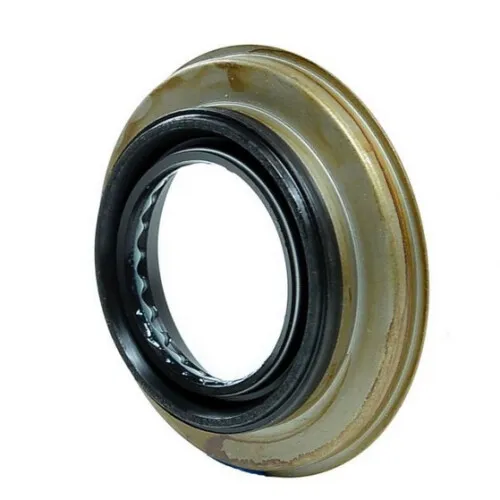Understanding O-Rings and X-Rings for Sealing Applications in Industry and Manufacturing
Understanding O-Rings and X-Rings An Overview
In the world of mechanical engineering and sealing technologies, O-rings and X-rings play critical roles in ensuring the functionality and longevity of various systems. Both serve as essential components in preventing leaks and maintaining pressure in applications ranging from hydraulic systems to pneumatic devices. While they share a common purpose, their designs, advantages, and applications differ significantly. This article explores the nuances of O-rings and X-rings, highlighting their characteristics, installation considerations, and appropriate use cases.
What are O-Rings?
O-rings are circular seals made from elastomeric materials such as rubber, silicone, or fluorocarbon. The design features a simple round cross-section, resembling the letter 'O'. This simplicity is one of the reasons O-rings are ubiquitous in numerous applications. They are used in static and dynamic environments to provide airtight seals and are particularly effective in applications involving high pressures and temperatures.
When installed in a groove, an O-ring will deform as it is compressed between two surfaces, creating a seal that blocks fluids or gases from leaking. O-rings are available in a variety of sizes and materials, allowing engineers to select the best option based on specific environmental conditions, such as exposure to chemicals, temperature extremes, or pressure changes.
What are X-Rings?
X-rings, also known as quad rings or T-seals, are similar to O-rings but come with a distinct shape that features a quad cross-section, resembling the letter 'X'. This design gives X-rings several key advantages over traditional O-rings, particularly when it comes to sealing applications.
One major benefit of X-rings is their ability to distribute stress more evenly across the sealing surface. This results in reduced wear during dynamic motion and allows them to maintain their sealing capabilities for longer periods. Moreover, X-rings have lesser friction owing to their shape, which is advantageous in rotary applications, leading to increased efficiency and lower energy consumption.
o ring x ring

Choosing Between O-Rings and X-Rings
The choice between O-rings and X-rings largely depends on the specific application requirements. For instance, O-rings may be the preferred choice for applications with lower pressure and where space is limited. They are straightforward to install and can be sourced easily across different industries.
On the other hand, X-rings are generally favored in applications involving higher pressures, dynamic movements, or environments where reduced friction is essential. They are particularly effective in rotary sealing applications, such as hydraulic cylinders and pumps, as the cross-section allows for better performance under movement.
Installation Considerations
Whether using O-rings or X-rings, proper installation is crucial for optimal performance. Misalignment, improper sizing, or contamination can lead to seal failures, which can result in costly downtime or damages.
In the case of O-rings, it's vital to ensure that the groove dimensions meet specifications to accommodate the rubber’s required compression. Similarly, X-rings should be positioned in a way that allows for even distribution of stress along the sealing surface. It’s also crucial to lubricate both types of seals when necessary to minimize friction and extend their lifespan.
Conclusion
In summary, both O-rings and X-rings are indispensable components in a variety of mechanical systems, each with its unique advantages and applications. O-rings provide reliable sealing solutions for many common applications, while X-rings offer enhanced performance in high-pressure and dynamic situations. Understanding the differences between these two sealing solutions will enable engineers and designers to make informed decisions and select the best sealing technology tailored to their specific needs. By ensuring proper installation and selection, users can significantly enhance the efficiency and longevity of their systems, ultimately driving better performance and reduced operational costs.
-
Understanding the Front Main Engine Seal: Purpose, Maintenance, and Installation
News Jul.29,2025
-
Understanding O-Rings and Seal Rings: Types, Applications, and Custom Solutions
News Jul.29,2025
-
Understanding Crankshaft Oil Seals: Rear Seals, Pulley Seals, and Their Role in Engine Integrity
News Jul.29,2025
-
The Importance of Front and Rear Crankshaft Seals in Engine Performance and Oil Management
News Jul.29,2025
-
Crank Oil Seals: Functions, Types, and Cost Considerations in Engine Maintenance
News Jul.29,2025
-
A Comprehensive Guide to O-Rings and Seals: Types, Materials, and Global Applications
News Jul.29,2025
-
Mastering Diesel and Performance Engine Maintenance: A Guide to Critical Oil Gaskets
News Jul.28,2025
Products categories















